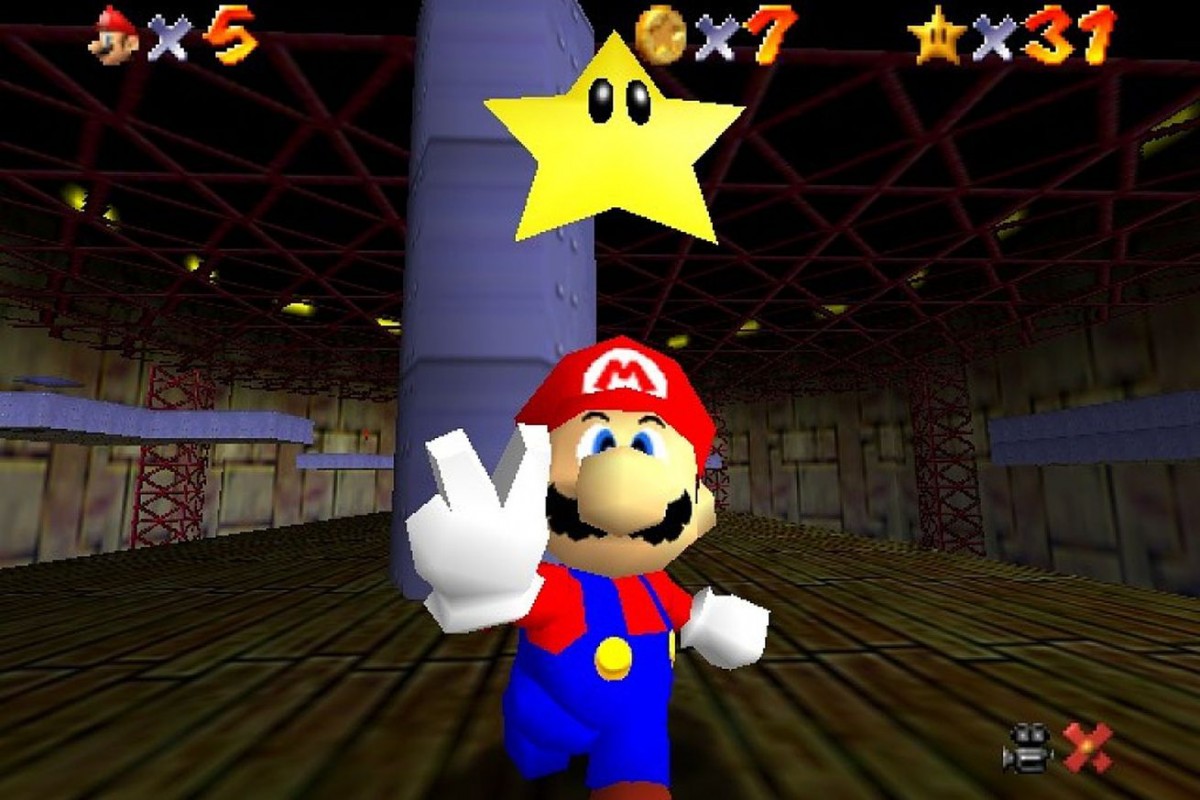“Super Mario 64” was first released in the US on Sept. 29, 1996. (Courtesy of Nintendo)
Shane Foley
Connector Staff
If a person were to search “Super Mario Speedrun” on their YouTube browser, the first result will be a 120 star speedrun by gamer Siglemic. The second result is an any-percentage speedrun done in close to six minutes, so the fact that the 120 star speedrun is more popular says something. The twitch video shows many people watching and donating, and as they do, they left messages saying how much they were excited to watch this game being played. Perhaps, there is no greater testament to this game’s legacy; even speedrun fans want to see the entire game.
“Super Mario 64” was a milestone in video game history in that it set the bar for how 3-D platformers were meant to be designed As the launch title for the Nintendo 64, the game had a quick rise to fame. In terms of plot, “Super Mario 64” does not stray far from precedent: Bowser captured Peach again, she is in a castle, and the player gets to rescue her. The catch is that there is only one castle which Mario enters upon the start of the game. From there, the player is tasked with earning enough stars to reach Bowser by fulfilling various objectives at other levels you travel to by jumping into paintings.
Due to this mechanic, the developers got a rather large amount of freedom with level design. The game has 15 stages which include a snowy mountain, a snow-less mountain, a haunted house and even a clock tower. Each stage has seven stars to collect, which means you get to revisit these areas often. Each level is dynamic and memorable, and outside of the typical red coin hunt, players never do the same mission in two levels. Mario does everything from race a giant penguin down the most epic slide in existence to using a winged cap to fly around multiple levels and catch a star on a Lapras-looking marine giant.
Among the other great qualities of this immaculate title is its level of difficulty. Often times, playthroughs will involve repeating levels over and over again. Of course, this is typically a bad quality for a game to have, but it works here because of the tremendous amount of replay value each level has. People who previously have played the game sometimes talk about that one area or one level they enjoyed replaying over and over.
Aside from the levels, the game’s replay value is further bolstered thanks to the treasure trove of hidden goodies the developers hid in the game. To beat the game, all the player has to do is defeat Bowser on the final level. However, only 70 stars are required to reach that final level out of a total of 120. Therefore, a player can beat the game and still have more content they never played. Even if they get all 120 stars, did they find the box that gives the player the Metal Mario cap? Did they discover the secret room in the castle with the slide mini game? This game is flooded with content that is intuitively enjoyable.
This game’s influence echoes so far in future titles that people are talking about it even now that “Super Mario Odyssey” has been released from the looks of it, “Super Mario Odyssey” will boast many vibrant areas full of secrets to be uncovered. They will be praised for innovation, as well they should, but maybe they had their eye on “Super Mario 64” when they thought of the impact they wanted to have on the gaming world.




